When it comes to picture books, it seems that fiction gets all of the glory. But, fantastic nonfiction pictures books are becoming more plentiful every publishing season. With Common Core State Standards encouraging us to incorporate more nonfiction into the classroom, this is great news. And while we often think of picture books as being synonymous with elementary aged students, they can also work well for higher grades. Nonfiction picture books have the power to transform difficult topics into easy-to-understand and engaging information. Below you will find a sampling of some of the best in nonfiction picture books.
Eruption: Volcanoes And The Science Of Saving Lives
Grades 4-7
This is one of two new titles in the Scientists In The Field series that was released this summer. (The other title is the The Tapir Scientist.) While both titles meet the high 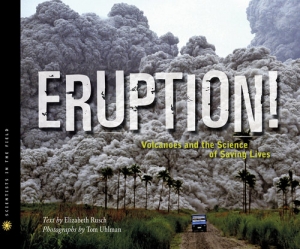 standards we have come to expect from this series, Eruption appealed to me more because of its focus on the connection between science and humanity. The book goes beyond teaching readers about how and why volcanoes erupt to demonstrating how volcanologists’ work saves the lives of those who live near volcanoes. Real-life stories, stunning photographs, diagrams and sidebars make this book accessible and engaging. Students will not only learn more about volcanoes, they’ll discover why volcanologists’ efforts are so worthwhile.
standards we have come to expect from this series, Eruption appealed to me more because of its focus on the connection between science and humanity. The book goes beyond teaching readers about how and why volcanoes erupt to demonstrating how volcanologists’ work saves the lives of those who live near volcanoes. Real-life stories, stunning photographs, diagrams and sidebars make this book accessible and engaging. Students will not only learn more about volcanoes, they’ll discover why volcanologists’ efforts are so worthwhile.
Classroom Connection:
This title is a great resource to include in an earth science lesson and presents an opportunity to practice an important comprehension strategy: determining importance. Volcanologists learn about volcanoes so they can predict them more accurately and save thousands of lives. Have students research the effect that a specific type of scientist has on society. Why are their efforts important? In addition to determining importance, ask students to evaluate the argument and claims in the text to validate or dismiss the information the author presents (ELA anchor standard 8).
The Secret Pool
Grades K-4
Beautiful text and illustrations help readers learn about events that take place during the spring cycle of a vernal pool. Told from the water’s perspective, each page introduces a 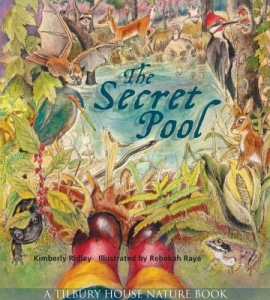 creature that relies on water to survive. The short text and lively illustrations make this title an excellent choice to read aloud as part of a life science unit or just for fun. The unobtrusive sidebars include additional information creating a rich experience for students to savor on their own. The vocabulary exemplifies onomatopoeia and borders on poetic.
creature that relies on water to survive. The short text and lively illustrations make this title an excellent choice to read aloud as part of a life science unit or just for fun. The unobtrusive sidebars include additional information creating a rich experience for students to savor on their own. The vocabulary exemplifies onomatopoeia and borders on poetic.
Classroom Connection:
Author Kimberly Ridley personifies the water of the vernal pool while still being scientifically accurate and unbiased. Have students personify other essential water sources and discuss the role of the organisms that depend on them. Students can compare and contrast their findings to those of Ridley and each other. Because of its unique point of view, this book also lends itself to ELA anchor standard 6. And, it’s poetic vocabulary is ideal for analyzing the structure of the text (ELA anchor standard 4).
When The Beat Was Born: DJ Kool Herc And The Creation Of Hip Hop
Grades 1-5
Clive Campbell, aka DJ Kool Herc, invented a technique for extending musical interludes, which are the best part of a song for 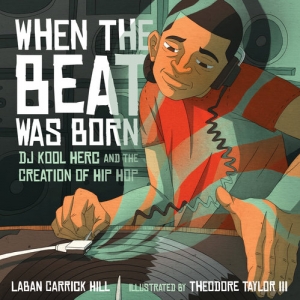 dancing. This innovation, combined with influences from his early childhood in Jamaica, brought about the birth of hip hop. Laban Carrick Hill focuses on the way music united the Bronx community in a manner that is appropriate for younger grades. Theodore Taylor III’s illustrations bring the text to life—you can almost see the break dancers moving on the page! While recommended for grades 1 through 5, hip hop lovers in middle school and high school will enjoy this title too.
dancing. This innovation, combined with influences from his early childhood in Jamaica, brought about the birth of hip hop. Laban Carrick Hill focuses on the way music united the Bronx community in a manner that is appropriate for younger grades. Theodore Taylor III’s illustrations bring the text to life—you can almost see the break dancers moving on the page! While recommended for grades 1 through 5, hip hop lovers in middle school and high school will enjoy this title too.
Classroom Connection:
DJ Kool Herc’s innovation created a new genre of music. Many students may be actively creating their own art and music. Have students discuss innovation and share personal creative experiences. A timeline and bibliography in the back of the book provide numerous hip hop resources. Reluctant researchers who love this music may be inspired by some of these to begin their own project, which would tie in great with ELA anchor standard 7.
Electrical Wizard: How Nikola Tesla Lit Up The World
Grades 2-5
This biography of Nikola Tesla finds the perfect balance between storytelling and science to capture interest without going over the heads of young readers with difficult terms and 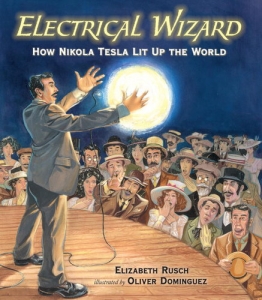 concepts. As a child Nikola Tesla was always fascinated with inventions and electricity. After college, Tesla moved to America to share his innovation of alternating current (AC) electricity generators with Thomas Edison, but instead of working together the two become bitter rivals. After winning the job of lighting the Chicago World’s Fair, Tesla and his AC power became widely used. Eventually he was able to make his childhood dream a reality and used Niagara Falls to provide electricity to Buffalo, New York.
concepts. As a child Nikola Tesla was always fascinated with inventions and electricity. After college, Tesla moved to America to share his innovation of alternating current (AC) electricity generators with Thomas Edison, but instead of working together the two become bitter rivals. After winning the job of lighting the Chicago World’s Fair, Tesla and his AC power became widely used. Eventually he was able to make his childhood dream a reality and used Niagara Falls to provide electricity to Buffalo, New York.
Classroom Connection:
The back of the book contains several diagrams explaining the inventions and innovations in the story. This would be a great title to introduce a science unit on magnets and electricity or to get students excited for science fairs of their own. To support ELA standard 8, students can also recreate the Tesla/Edison debate by having students research the difference between alternating current (AC) and direct current (DC) and choosing sides based on their research.
Liberty Rising: The Story Of The Statue Of Liberty
Grades K-4
This picture book biography of the Statue of Liberty focuses on her creators and the collaboration between citizens of the United 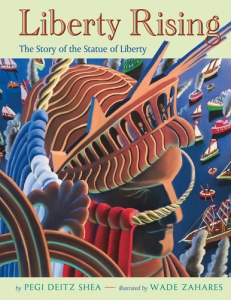 States and France. Those interested in engineering will appreciate the trial and errors that the architects used to learn what would and wouldn’t work for the colossus. The bold pastel illustrations only show pieces of her until the final fold-out pages, emphasizing how cooperation and planning the small pieces made such a large project possible.
States and France. Those interested in engineering will appreciate the trial and errors that the architects used to learn what would and wouldn’t work for the colossus. The bold pastel illustrations only show pieces of her until the final fold-out pages, emphasizing how cooperation and planning the small pieces made such a large project possible.
Classroom Connection:
You can use this title in a social studies lesson and focus on the collaboration between two great nations. The designer wanted this to be a gift from the people of one nation to the people of another, not from one government to another. Have students discuss the difference and debate if this goal was accomplished. A list of resources for further reading is included in the book. For engineering and/or art lessons, students can explore the planning and design involved in building, transporting and reassembling such a large structure. Students can collaborate to build and transport their own statues as gifts to other classes.


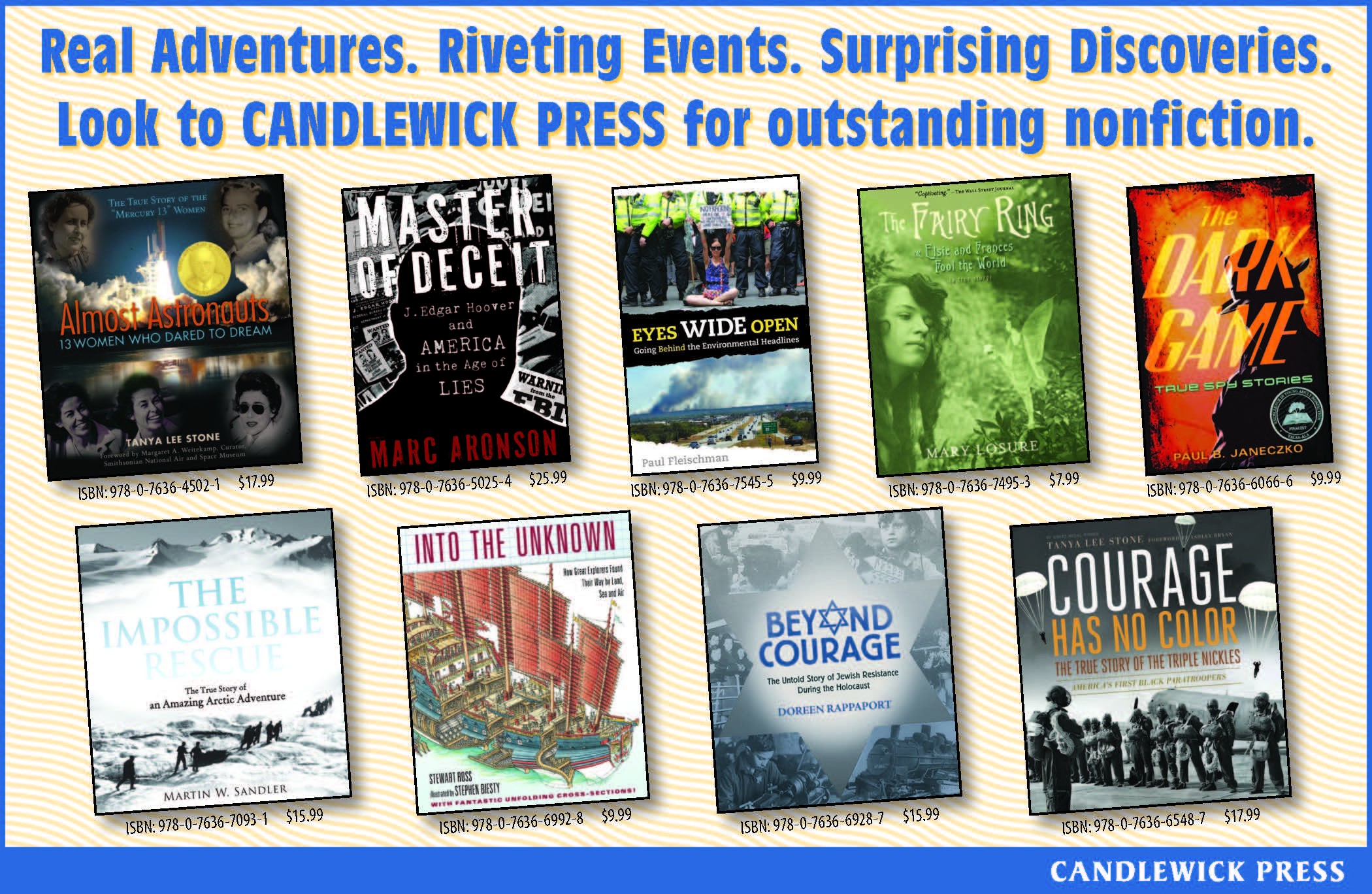
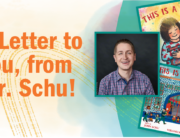
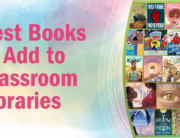
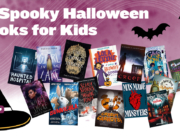
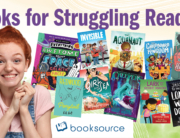
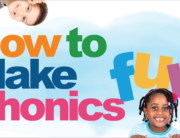
Leave A Comment